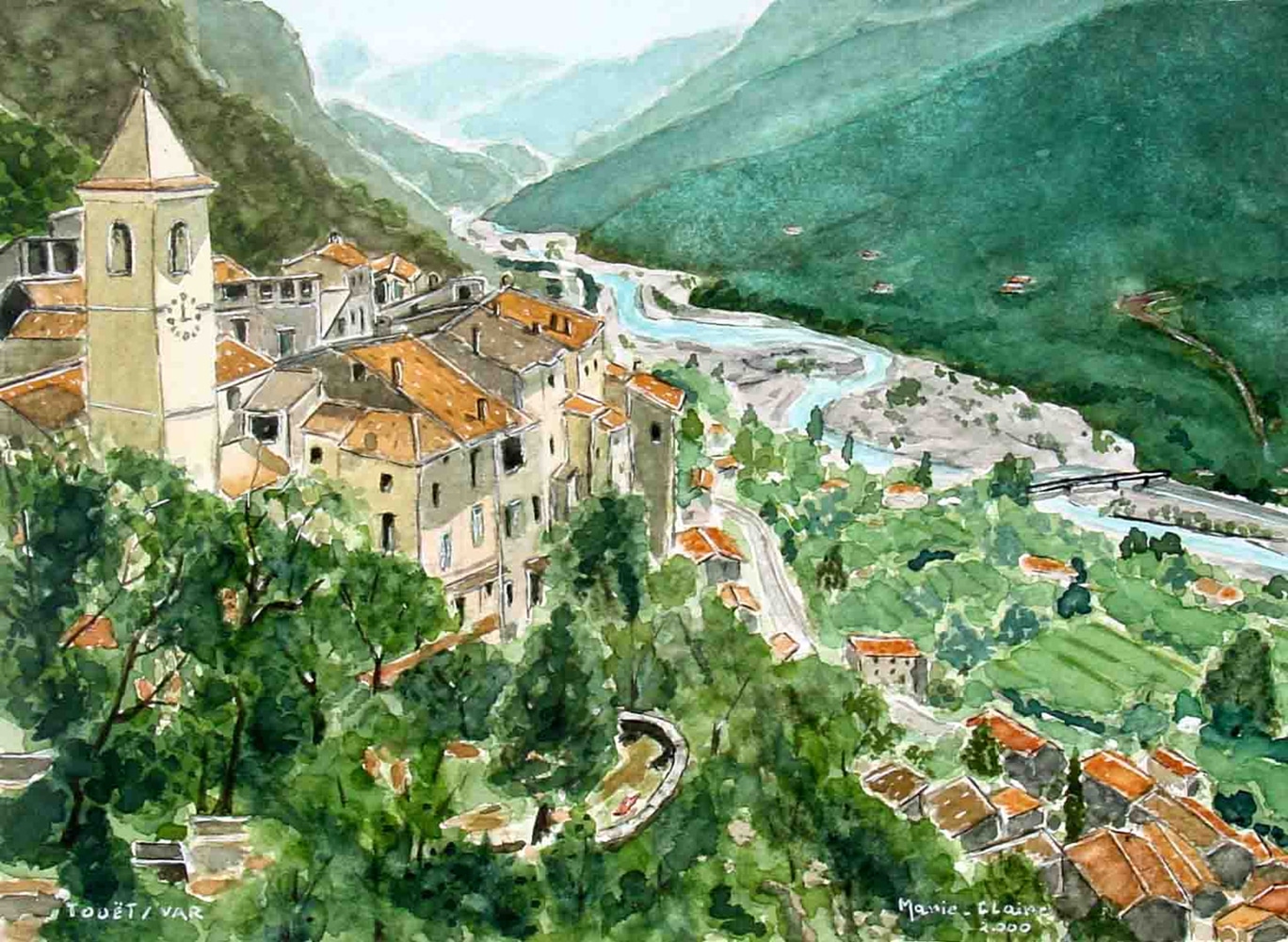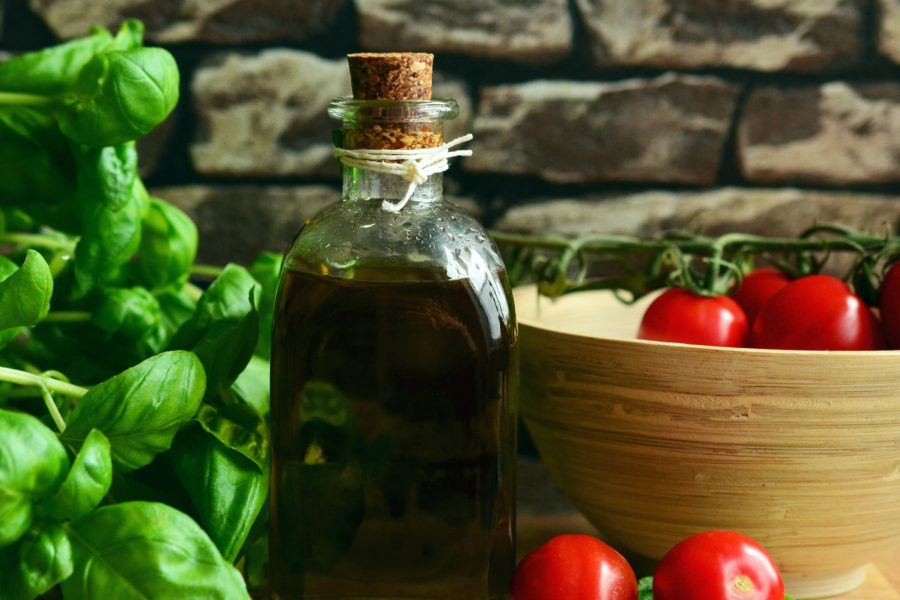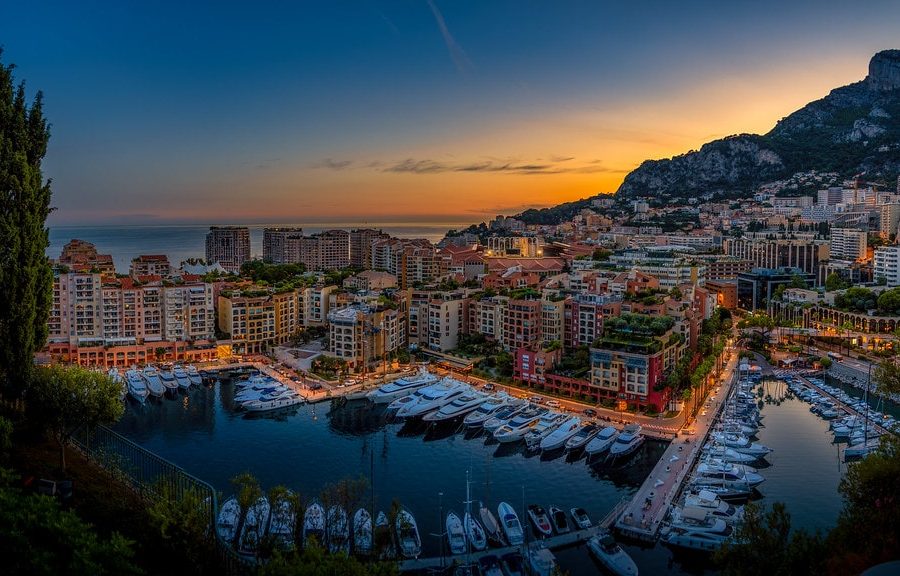The Perched Villages of the Nice Hinterland
When you come to the French Riviera, there are plenty of magnificent cities such as Nice, Cannes, Monaco, but there are also numerous small perched villages that are equally unmissable.
This type of village is considered typically Provençal and from the Nice hinterland, but it is above all Mediterranean.
They are immediately recognizable due to their distinctive characteristics:
- They are situated high up on a rocky cliff. Consequently, the perched villages all have very impressive views of the surrounding countryside.
- They are generally in a historically important defensive position, on the edge of a steep valley or at the top of a hill. Most villages were originally built around a castle and surrounded by fortifications, although these are often no longer apparent.
- Narrow, steep streets wind through medieval houses.
- Narrow arched passages.
- Traditional architecture, with houses built from local rock and having tiled roofs
- There are often decorative elements on the houses: sculptures, decorated lintels…
- A village fountain, often very decorated, was originally the only water source for the village (often there are several small fountains like this, and generally a washhouse)
- A simple small village chapel, quite often with a decorated interior or frescoes
The most popular example remains Èze, a magnificent village built on a rocky outcrop overlooking the Saint-Jean-Cap-Ferrat peninsula (it can be compared to an eagle’s nest), with remarkably preserved medieval architecture and a renowned tropical garden packed with rare plants.
Paillon Valleys
Peillon
25 minutes from Nice and perched at 376 meters altitude, Peillon is a very ancient village where traces of occupation dating back to the Neolithic period can be found.
For Peillon, there’s the Church of the Transfiguration, formerly the old castle keep. You can visit the ancient hydraulic oil and flour mills, remarkably preserved, and the railway museum “Flaminius Raiberti” near the station.
To get around the Nice hinterland, the best option remains the car, but there’s also the Train des Merveilles (Train of Wonders) that runs from Nice to Tende.
Coaraze
At 650m altitude and 40 minutes from Nice, Coaraze is the “village of sundials” at the top of a hill with narrow cobbled streets, numerous vaulted passages, and old stone houses.
Many artists and craftsmen have also settled here to dedicate themselves to leather, pewter, or engraving crafts.
Classified among France’s Most Beautiful Villages and labeled Village in Poetry and Òc per l’occitan, the village offers exceptional artistic and historical heritage!
The magnificent setting and landscapes of the Nice hinterland have attracted many artists and personalities to Coaraze, some of whom, such as Jean Cocteau or Ponce de León, have signed the village’s sundials.
Lucéram
At 650m altitude and 25 km from Nice, you’ve surely heard about this village on the news during Christmas time, since it’s very well known for its numerous Christmas nativity scenes.
The first thing you notice in the village is the ruins of its ramparts and its “tower open at the throat.”
You might think it’s destroyed but it’s totally intentional – in case an attacker took possession of the tower, they couldn’t use it against the village or the ramparts.
The baroque church also dominates Lucéram, typical of the villages in the Nice hinterland.
There’s also the hamlet of Peira Cava located on the borders of Mercantour, and near the Col de Turini, a stage of the Tour de France and the Monte Carlo Rally famous worldwide.
You can also enjoy Peira Cava Adventure, a leisure park where you can do tree climbing, zip-lining, paintball, and sleep in a yurt or tree house.
Roya Valley
Labeled as a Land of Art and History by the Ministry of Culture, the valley is partly served by the Train des Merveilles put into service in 1928.
It’s named this way since it provides access to the Valley of Wonders in about 2 hours, representing one of the most beautiful train journeys in the world.
You can even enjoy commentary (French-English) from a guide throughout your journey (Only on the 9:17 trip, every day from July to September, and weekends and holidays in May and October.)
Sospel
At 350m altitude and 45 minutes from Nice. Actually, Sospel is in the Bevera Valley but it’s served by the Train des Merveilles, so it’s a very pleasant stop to make when heading to the Roya valley.
All the more so because Sospel shares a common heritage with the villages of Roya. This is the Route Roya (royal) which gives its name to the valley and makes Sospel a millennial stage between sea and mountain.
This route is part of the salt roads, commercial exchange routes, and very important economic axes of which Sospel was one of the main customs posts in the Nice hinterland.
You can visit Fort Saint-Roch with its 2000 meters of galleries that constitute a small labyrinthine city 50 meters underground. With Fort du Barbonnet and the Agaisen Works, these forts make Sospel one of the most important links in the Maginot Line.
Breil-sur-Roya
At an altitude of 300m and 1 hour from Nice, Breil-sur-Roya is a mandatory stop on the salt road.
It’s also very well known for its thousands of olive trees that give this mountain village a Mediterranean air, not to mention its small lake that gives the impression that the village has its feet in the water.
Above, you can see the Cruella Tower dominating the village; it was a vigilant guardian of the city. That’s why it appears in the commune’s coat of arms. It was once said that the Roya gorges were the territory of witches.
One evening, one of them forced Marion, one of her sisters who had stolen her lover, to dance from the mountain top to the Cruella Tower, above the precipices.
Under the terrified gaze of the villagers, Marion slipped and fell into the abyss. From time to time, her final cry echoes again near the tower.
Saorge
At 600m altitude and 1h20 from Nice, a witness to medieval architecture, this village with the appearance of a “Tibetan village” is part of France’s most beautiful villages.
A maze of alleys and vaulted passages, Saorge is an ancient fortified village clinging to the mountainside and forms like an amphitheater above the Roya gorges.
Once defended by three castles, the stronghold of Saorge, reputed to be impregnable, was nicknamed in the Nice hinterland “the lock of Roya.”
Saorge is very well known for its monastery, formerly the Franciscan Convent, now classified as a historical monument.
One of its main particularities are its astonishing and naive frescoes decorating the lunettes of the cloister arcades; we owe these frescoes to a painter brother from the end of the 18th century.
Vésubie Valley
Saint-Martin-Vésubie
At 975m and 1h15 from Nice, this is one of my favorite villages – we call it the Nice Switzerland. There are plenty of activities like Alpha Park if you want to observe wolves in semi-captivity and learn everything about this fascinating animal.
If you’re a beer lover, you must try La Bière du Comté – it’s a typical beer from the Nice hinterland that’s brewed in the village.
And an interesting little fact: the Notre-Dame-de-l’Assomption church located in the heart of the village was built in the 12th century by the Templars – this order, which is the source of many legends, may have left a secret in this church.
Or Vesubia Mountain Park (it’s the first indoor mountain activity park in Europe) – it’s great, you can do indoor canyoning to start in this discipline, it’s excellent.
You can also do climbing, tree climbing, sauna, hammam, fitness, and even enjoy the very well-equipped aquatic area.
Lantosque
1 hour from Nice and at 500m altitude on a rocky ridge overlooking the steep gorges of the Vésubie and Riou.
Lantosque is a very pretty historic village, but it’s also a great canyoning spot. There are many via ferratas around with its cliffs, monkey bridges, zip line, and especially its 100m long footbridge – it stands out as the most beautiful via ferrata in the Nice hinterland.
Loup Valley
Saint-Paul-de-Vence
32 minutes from Nice and 180m altitude, “The city of artists” has magnificent ramparts that are one of the very first examples of bastioned fortification built in France.
When the County of Nice left the County of Provence to join the States of Savoy, the city then became a strategic frontier stronghold.
The city is therefore rich in military heritage, but also religious with its Collegiate of the Conversion-of-Saint-Paul classified as a historical monument, and its artistic heritage – its flowers, vines, olive trees, and brown stones have attracted many famous artists such as Matisse, Picasso, Chagall…
Even today the village is full of galleries belonging to local artists and craftsmen.
Tourrettes-sur-Loup
40 minutes from Nice and 400m altitude, “The City of Violets” since a large quantity of violets are cultivated there. There’s also the violet festival in March with flowered streets and traditional flower battles in the Nice hinterland.
Perched on a rocky spur offering a superb view of the sea and its vast territory that allowed the great families of the region to build their own war or country castles.
The best known are the Château du Caire, des Valettes, des Courmettes, and that of the Villeneuve. Apart from the Château des Villeneuve which is located in the heart of the village, the other castles are accessible by hikes in the village surroundings.
Gourdon
At 760m altitude and 1 hour from Nice, Gourdon is a tiny village that dominates the Loup valley, and its incomparable panorama extends over 80 km of coastline, from Théoule-sur-Mer to Nice.
Its magnificent gardens were designed by André Le Nôtre and some scenes from Les Misérables were filmed there.
Gourdon was formerly named “Gordone” and took the nickname “Eagle’s Nest” due to this specific positioning. This commune is a member of the Préalpes d’Azur regional natural park and is part of one of France’s most beautiful villages.
Var Valley
This valley is served by the Train des Pignes, a historic train put into service in 1892 to connect the County of Nice to the Alpes de Haute Provence. You can even take a historic tour in a century-old steam locomotive at Puget-Théniers.
Entrevaux
1h10 from Nice and at 480m altitude, Entrevaux is a fortified village that creates a “wow” effect at first sight. Once you pass through the Royal Gate, you’re transported to the Middle Ages with its narrow and winding streets, small squares, and shops.
You absolutely must not miss the citadel perched on the ridges that served to defend the French borders against the County of Nice. Even if the climb might discourage you, the view of the village and valley is really worth it.
Entrevaux is the gateway to the Daluis gorges and Cians gorges, also called the “Nice Colorado” with its vertiginous cliffs over 300 meters high, red rocks, sparkling water, and contrasting vegetation – it’s a brutal landscape change.
Touët-sur-Var
At 999m altitude and 56 minutes from Nice, perched on a rocky bar, very tall narrow houses rise up.
The village owes its name to the Ligurians, the first known inhabitants, 800 years before Jesus Christ; the root of Touët “Tob” or “Teba” meaning stone, rock.
You must stroll through the narrow alleys and let yourself be drawn from painted door to painted door, climb to the orientation table and admire the Var valley where the village spread out following the arrival of the Train des Pignes which made Touët a relay, a stage between sea and mountain in the Nice hinterland.
Menton Valleys
Saint-Agnès
45 minutes from Nice and at 800m altitude, Saint-Agnès is one of France’s most beautiful villages, a true belvedere over the Mediterranean, this former strategic defense post.
Perched at the top of the rocky peak are the ruins of the castle that was the source of many rivalries throughout its history.
Even during World War II, the village proved its strategic importance by carving the Saint-Agnès Works into the rock, which was an important link in the Maginot Line.
Gorbio
At 356m altitude and 40 minutes from Nice, Gorbio is a pretty village decorated with succulents, and it’s very well known for its square hosting an elm dating from 1713, with impressive proportions.
An 18th-century saying recalls that under the elm, village representatives met to make community decisions: “Every man, under the elm, is an ‘intero’ (strong in his rights) man.”
The first lords of Gorbio were the Lascaris, Counts of Vintimille – this name already means something to you if you’ve been to Nice.
This is one of the most powerful families in the Nice hinterland; they owned the Lascaris Palace in Old Nice and also a castle in the Roya valley. Today the Lascaris museum castle in Gorbio houses the works of Indian painter Raza.
Conclusion
The Nice hinterland is a place full of traditions and breathtaking landscapes, more varied than one another.
It also contrasts greatly with the French Riviera, making it an ideal place to visit to get off the beaten path. This is a small summary of the best places to visit, but there are still plenty of others to discover along the way.
Useful Links
- The best hiking trails in the Nice hinterland
- Road trip on the Napoleon Route
- Discovering Nice


